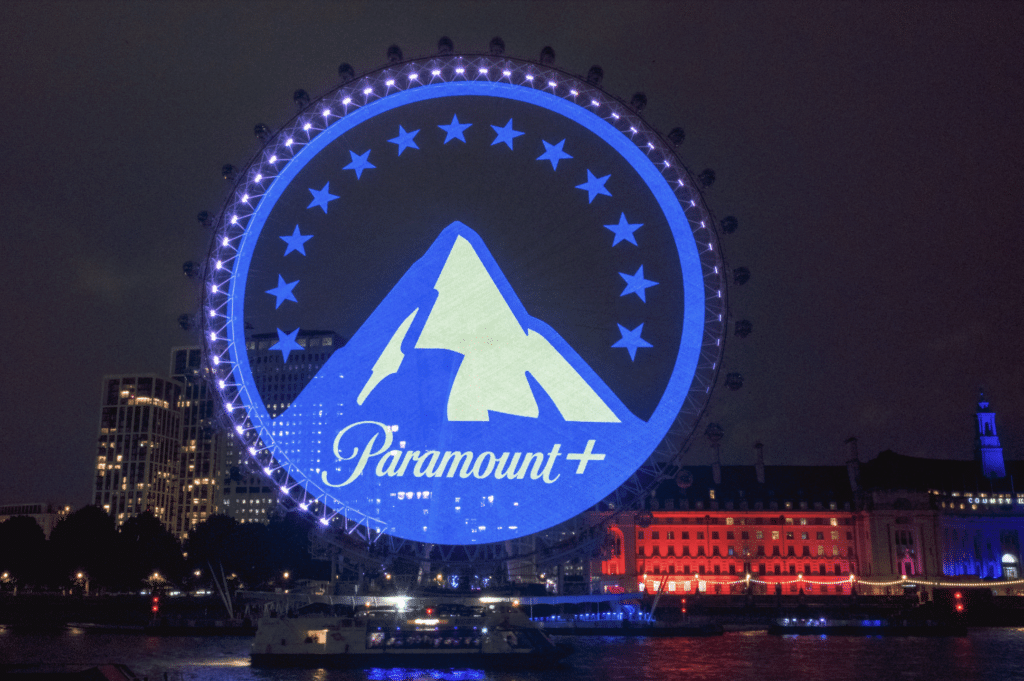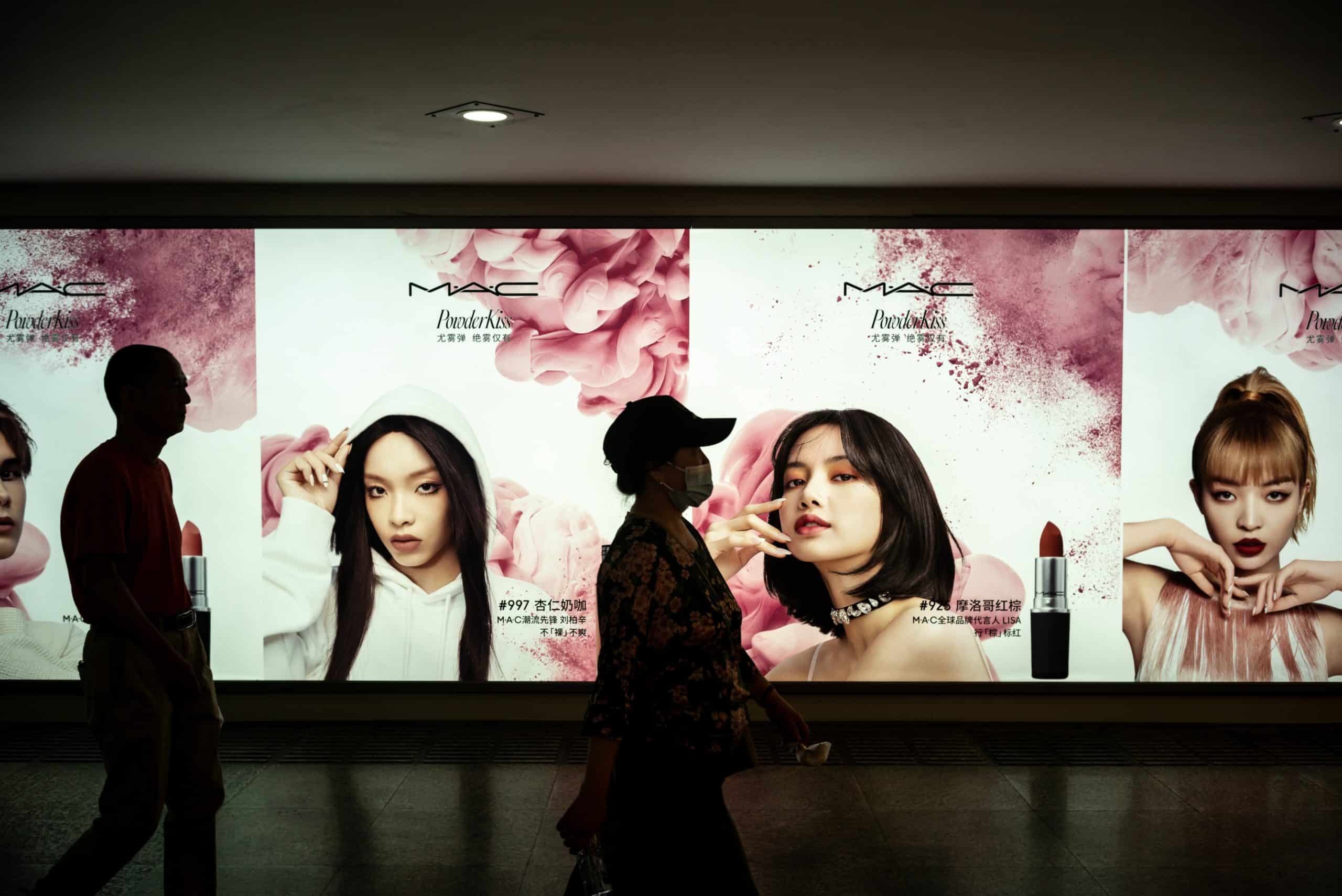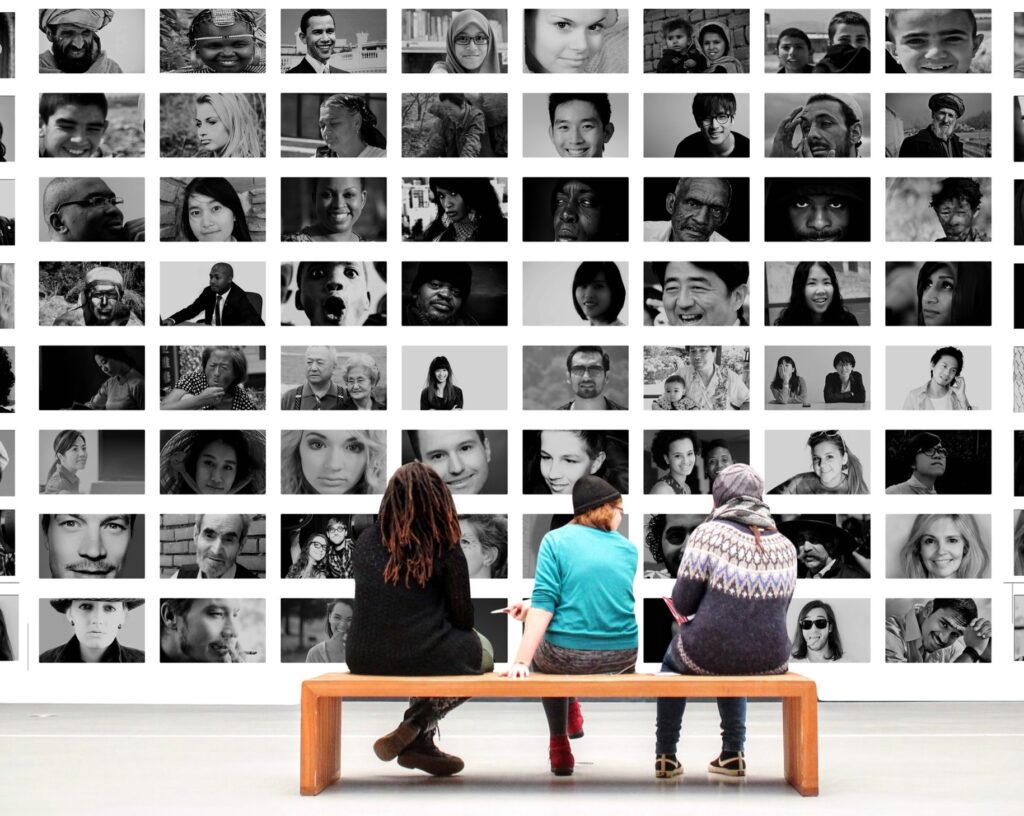Thinking encounter: How to see a brand from the consumer’s perspective
By Elliott Millard, Head of Planning, Wavemaker UK & Monica Majumdar, Head of Strategy, Wavemaker UK
We all know that the media landscape of 2023 is radically different to the media landscape pre-2010, when social media scaled with the launch of Instagram, Pinterest and Snapchat. However, much of this complexity is driven not by consumer changes but by the language that the advertising industry uses. In the real world, consumers simply choose the video content they wish to watch on a large screen, but we put artificial distinctions in between things like linear TV vs AVoD, BVoD or SVoD.
We have been hamstrung by our own language and structures for too long. We need to find a way to adapt our language for a world where the distinctions of ‘channel’ are ever more irrelevant as media becomes even more fragmented.
Why? Because the consumer experience of media is not aligned by the Saleshouses and channels by which we purchase it. And because the historical silos of old media are non-existent. From Outdoor suppliers, you can buy static 6 sheets (which are like press 10x7s), moving DOOH 6 Sheets (akin to social posts), as well as Deepscreen takeovers (akin to a cinema gold spot). Partners such as Global sell audio as well as OOH. Whilst you can buy video as well as press insertions from the Guardian.
For most, TV means video content watched on a screen. And whether that content comes over the air or via the internet doesn’t matter. Nor does it matter whether it comes from a traditional broadcast channel or a tech giant. Streaming or broadcasting – it’s the same picture. But that’s easy to forget when you’re responsible for planning, buying and activating – the complexity behind ensuring that the brand message reaches the right person and at the right time. Furthermore, due to the longevity of these same structures and language , switching from the default can be more challenging than it sounds.
However, it’s not our industry we’re advertising to. Remembering that at the heart of every decision is a person is critical to more effective media planning moving forward. Especially as the market becomes more fragmented, we must shift our approach and consider how brand interactions appear from a consumer perspective. It’s at this place we can move out of our team’s siloed thinking and create campaigns not just because it’s the ‘done thing’ but because it’s going to resonate.
Thinking in traditional channel silos – who you buy from – doesn’t help brands create truly 3600 media campaigns, where messages and objectives are aligned by format experience. Instead of thinking of medium, channel, or touchpoint, we propose to think of the encounter and how we want the consumer to feel at various points across the consumer journey
What does it mean to think by ‘encounter’?
Thinking by ‘encounter’ helps provide a genuinely holistic media experience (where messages and objectives are aligned by format experience) for the customer, which is based on receptivity.
Not only will your plans be more integrated, but they will also be better tailored to how people consume media. Rarely would a customer’s impression of a brand be shaped by a single interaction with a brand at one touchpoint. The entire customer journey is where effective planning and strategy sit. This is where you think about the overall objective and how this is perceived even as a person shifts between devices or channels.
In an encounter-led experience, every single experience would be seamless because the encounter unifies each message and interaction. All video encounters (DeepScreen, social, VOD, TV) would feel as one, as would all static meetings, whether print, mobile or point of sale 6-sheet.
What does this mean for brands?
A more nuanced media plan
It is rare that consumers have a universal relationship with a brand. – Some users will be buyers, some will be category buyers but not of our the respective brand, and some will be category rejectors. Strategically we recognise this, but too often, our plans become too broad to take advantage of channel efficiencies. We use each channel as a blunt tool to deliver a single message.
Thinking by media encounter or the combination of encounters needed means greater breadth and application of the customer relationship to our brand. Convention suggests we need high dwell time formats for emotional brand building comms, and short reminder formats for response activations. However, response formats could be used to remind and reinforce the emotional media encounters that establish a brand proposition (i.e. 10 sec TVC cutdowns). Whereas rational formats can sometimes benefit from deeper encounters, such as a diagnostic tool from a brand to surface the right services for a customer.
A more creative media plan
By thinking traditionally – or in channel – brands are more likely to default to thinking in traditional ways and using conventional popular formats for the category and platform. Take the launch of Paramount+, for example – with the iconic Paramount Mountain encircled in stars at the epicentre of the launch phase.
At launch, the encounter they wanted to make was unmissable static media dominations. Entertainment category norms would have necessitated newspaper cover wraps. However, in media, we could deliver this encounter with not just print cover wraps but also a full takeover of the London Eye.

The London Eye – branded blue with the Paramount logo projected into its centre – was undoubtedly unmissable. It was also a surprising and authentic real-life moment that deviated from a heavily populated streaming market (full of well-established players) that might have opted for the conventional.
Instead, thinking encounter opens your pool of media options and allows brands to use channels and formats their competitors aren’t using. This is because they’ve spotted opportunities in how consumers consume media that competitors haven’t. For instance, Google research shows that 50% of shoppers use online video while in-store as they browse products, meaning that encounter of point-of-sale reminders could be delivered with online mobile video as much as 6 sheets outside the store. How many competitors would be utilising that?
Remember, since we’re looking at things from the consumer perspective, competitors do not exist in their minds. There are only alternatives. That’s why reaching consumers where those ‘alternatives’ or other potential purchases are not is going to make sure you’re more likely to be thought of next time they’re in the market for your category. So be open to using channels in unconventional ways, and don’t be afraid of using channels at unexplored points in the customer journey.
A more effective media plan
Thinking by media encounter rather than channel enables more efficient media plans. For example, an aggregated ‘video’ buy across social, VOD, and TV means minimising excess frequency and increasing reach for a similar budget. This enables brands to think cross-channel and manage frequency and reach.
In addition, with the right tools, reach and frequency can be reported across encounter and can pivot measurement metrics (i.e. one video metric for all relevant media formats) to enable enhanced buying efficiencies and to deliver more effective plans. So, there’s no reason why we can’t begin to build media plans by encounter, rather than by channel now.
The landscape may be unrecognisable from only a few years ago, but the consumer experience of media is not as fragmented as the language we have developed. Changes aside, However the task for marketing remains the same: to influence people to choose our brand across the entire consumer journey. If you remember the idea of people before channel – and think encounter first – you won’t go far wrong.











